Follow these tips on how to cook pasta correctly, and your pasta dishes will be great every time. Knowing a few of the hows and whys of cooking pasta will go a long way to making your pasta dishes shine.
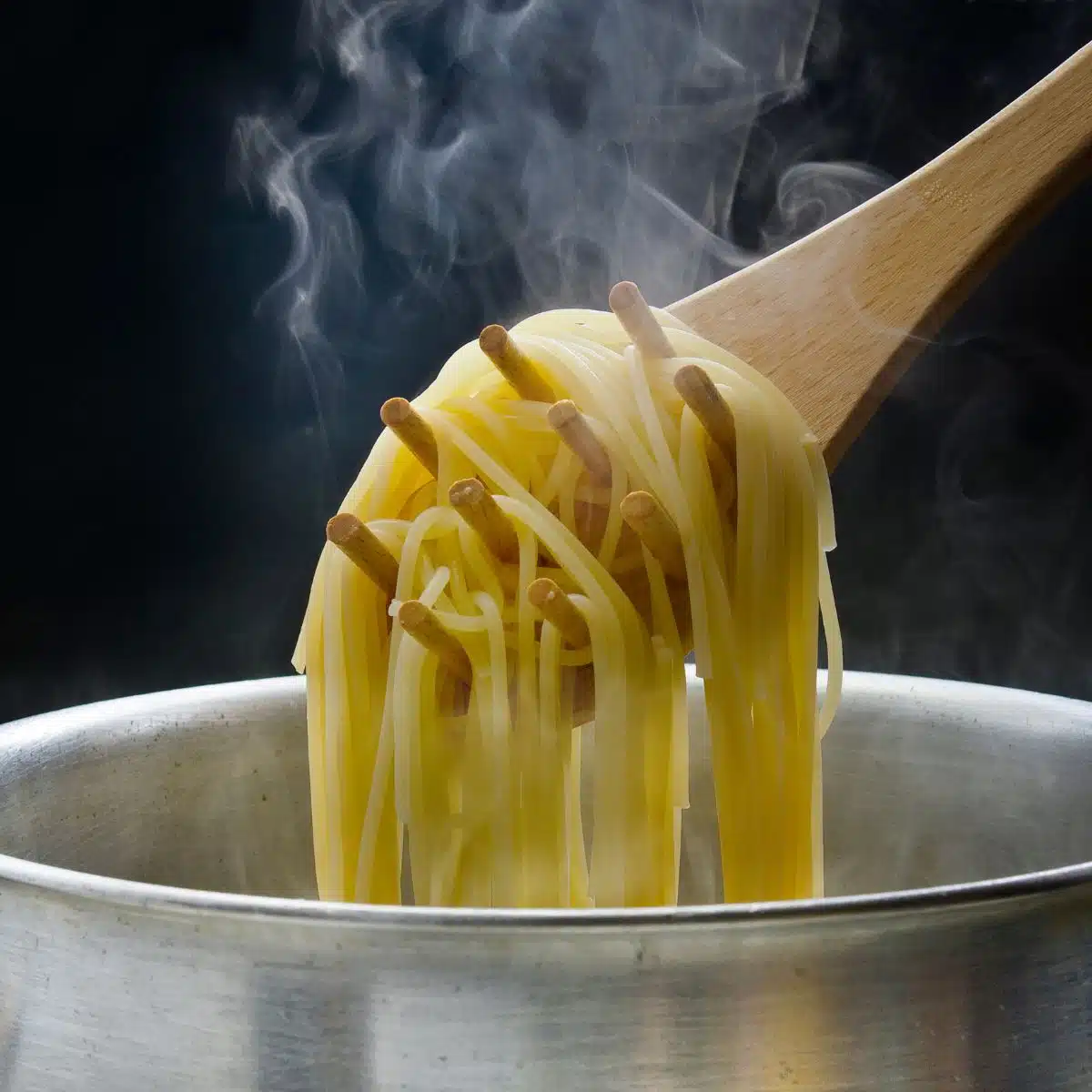
Jump to:
Pasta Cooking Tips
1. Use a large pot and lots of water. Using a generous pot of rapidly boiling water is helpful for cooking pasta for several reasons: it comes back to a boil faster when you add the pasta; it makes it easier to submerge long, rigid pastas like spaghetti; and it helps to reduce sticking slightly by quickly washing away the exuding starch from the pasta surface.
2. Stir during the first minutes of cooking; this will keep pasta from sticking. This is the crucial time when the pasta surface is coated with sticky, glue-like starch. If you don’t stir, pieces of pasta that are touching one another will cook together in a clump.
3. Don't add oil. While adding oil to the pasta water can prevent pasta from sticking, it’s at a great price. Pasta that’s cooked in oily water will become oily itself and, as a result, the sauce will slide off, leaving you with flavorless pasta. And adding oil may keep the pasta water from bubbling up and boiling over the rim, but this can also be achieved by using a large pot and also by reducing the heat a little (but still maintaining a boil).
4. Add more salt than you think. Well-salted water seasons the pasta as it absorbs liquid and swells. If the pasta is sufficiently salted during boiling, the pasta dish may even require less salt overall. For 1 lb. pasta, use 4 quarts water and 2 Tbs. kosher salt—the water should taste as salty as seawater.
5. Hot pasta absorbs more sauce. Toss hot pasta with hot sauce quickly—without rinsing it—so the pasta absorbs more sauce and flavor. As it cools, the swollen starch in the pasta crystallizes and becomes insoluble, and the pasta won’t absorb as much sauce. To facilitate this, always prepare the sauce. The second the pasta is done, scoop it out of the water with a big ladle-type strainer or spider. Let the pasta drain over the pot for a few seconds, and then dump it into the hot sauce, stir well, and set a lid on the skillet. Let the pasta sit, covered, to absorb the sauce for a minute or two, and then remove the lid, stir again, and serve right away.
6. Pasta water is a secret ingredient. Starch-enriched cooking water thickens the sauce. Rinsing the pasta after cooking is a bad idea for a couple of reasons. It can cool the pasta and prevent absorption of a sauce, and it can wash away any remaining surface starch, which at this point in the cooking can work to your advantage. The small amount of starch left on the pasta by the cooking water can thicken your sauce slightly.
As a general rule, always reserve about ½ cup of the pasta-cooking water. Add some of the reserved pasta water to the pasta and sauce and toss. The starches in the water help the sauce cling to the pasta, which in turn acts like a sponge, absorbing the flavors.

Finishing touches to add zip
- Add piquancy with capers, a splash of vinegar, a squeeze of lemon, or a handful or chopped olives or reconstituted sun-dried tomatoes.
- Add texture with crunchy toasted nuts or breadcrumbs (known in Italy as poor man’s Parmesan).
- Add richness by stirring in a knob of sweet butter, a spoonful or two of crème fraîche, a bit of grated Parmesan or other hard cheese, or a drizzle of extra-virgin olive oil.
- Add fresh color and flavor with a small handful of chopped fresh parsley, basil, or chives.
Recipes to try
Sign-up for The Flavor Journal Newsletter and Get a Free e-book!

Let's connect!
Be sure to FOLLOW US on FACEBOOK, INSTAGRAM and PINTEREST Many thanks!
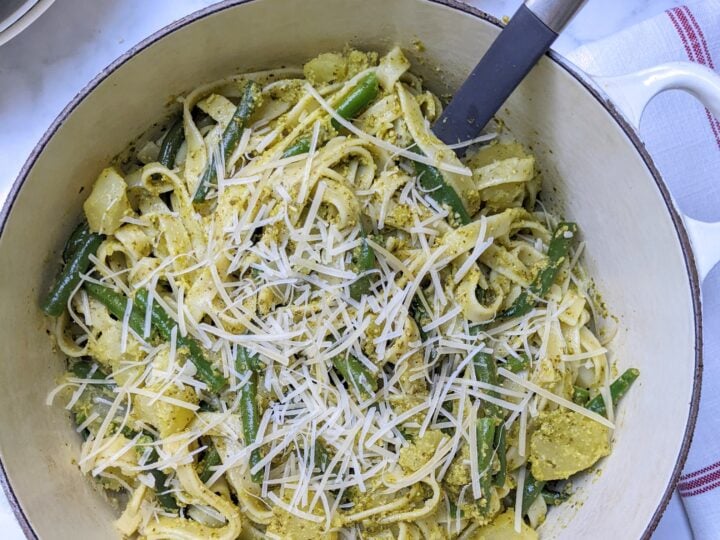
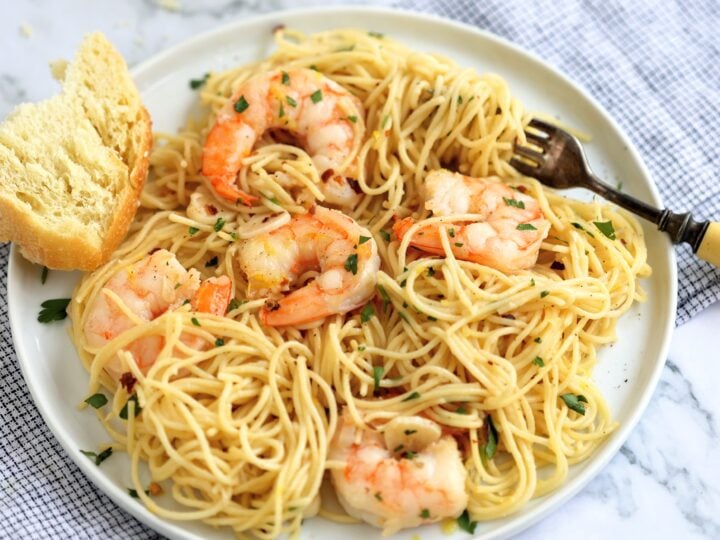
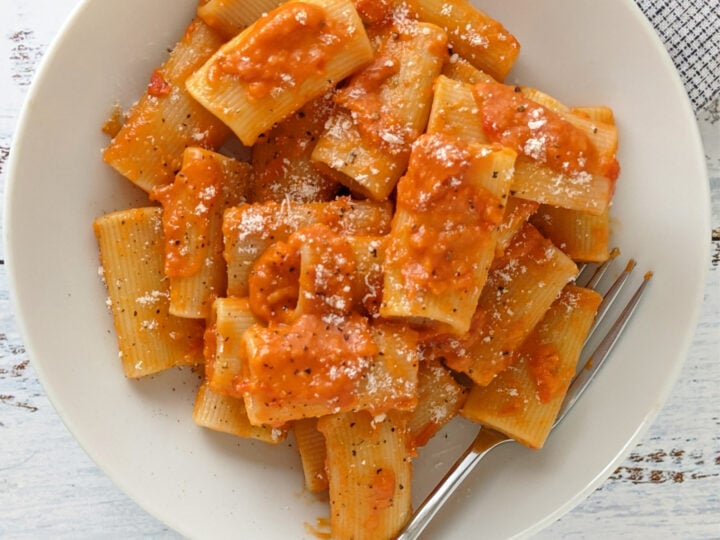

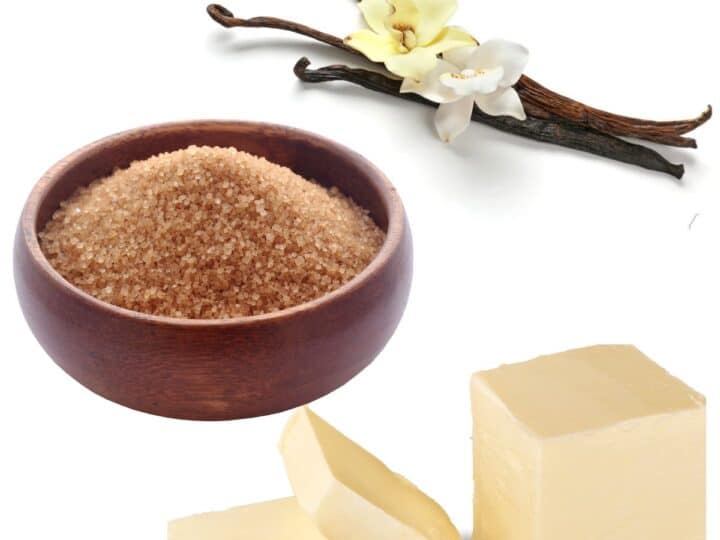
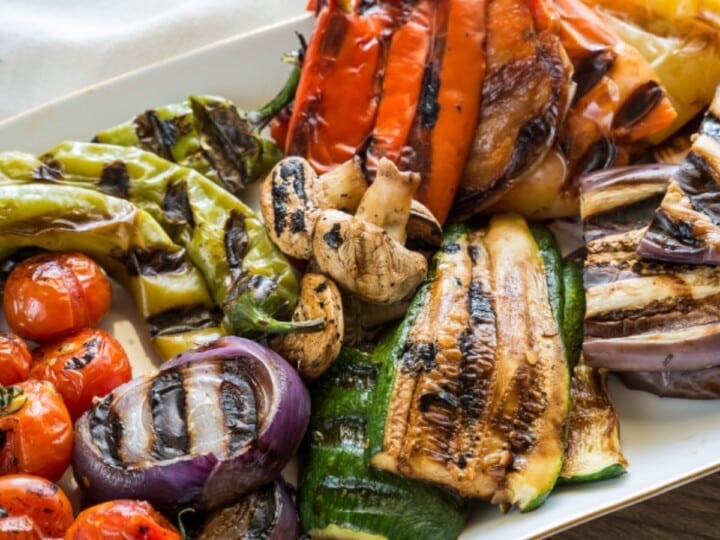
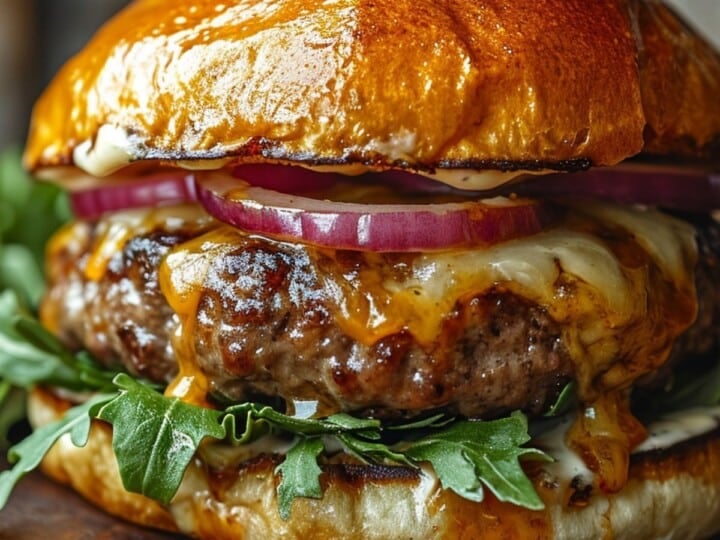
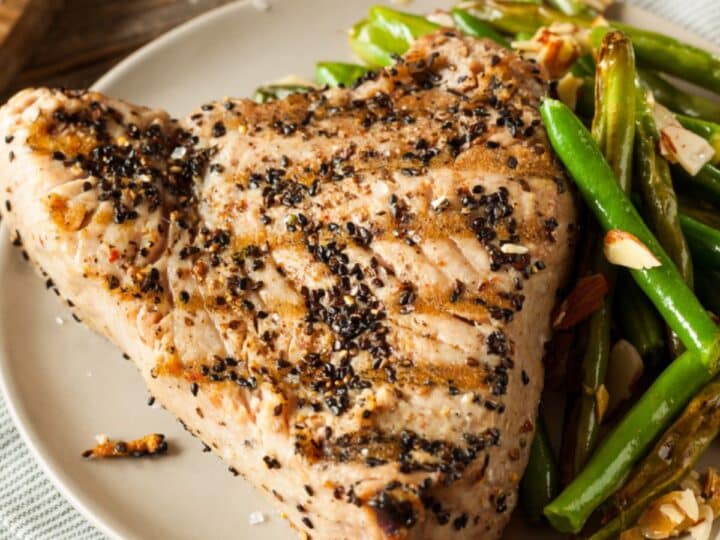
Leave a Comment